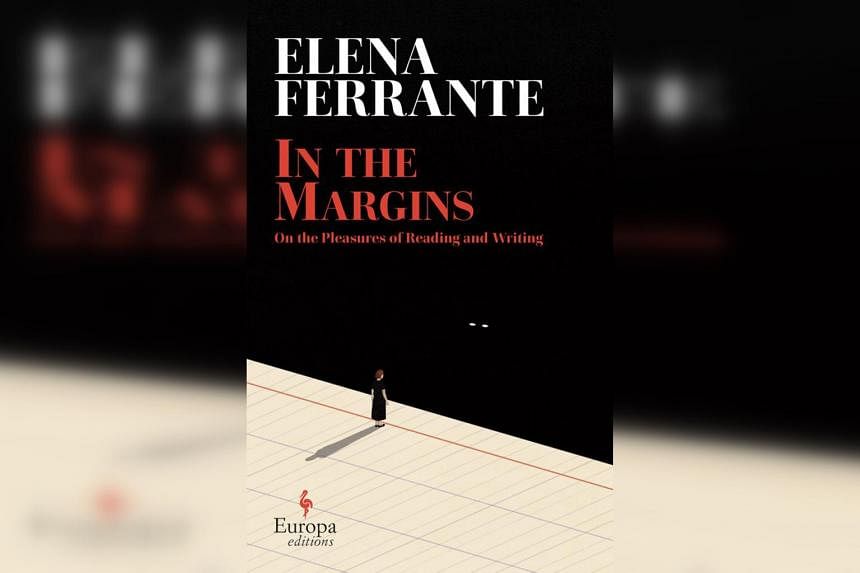In The Margins: On The Pleasures Of Reading And Writing
By Elena Ferrante, translated by Ann Goldstein
Non-fiction/Europa Editions/Hardcover/111 pages/$27.82/Buy here/Borrow here
4 out of 5
Fans of the hugely popular Neapolitan Novels by Italian author Elena Ferrante will get a glimpse into her writing process in this short compilation of four heartfelt essays.
Beginning with a memory of how she was taught to tame her writing so that her letters remained within the margins on a piece of writing paper, Ferrante talks about writing as a painful struggle, putting paid to myths of words coming to authors as if in automatic writing.
The famously pseudonymous writer, who has never revealed her identity despite numerous attempts by others to guess it, candidly discusses her two writing selves.
The first - the one that fits between the margins - is a more disciplined, rules-based hand, ponderous but conducive to conscious moulding.
The second, more unruly style overtakes her now and then - periods of smooth-flowing, vital writing sparked by genuine strong feeling, which leads to words that must be hammered out quickly before overthinking stamps them out.
A good work must be a combination of these two selves, says Ferrante, so that it still has impact and remains intelligible. The dialectic of this uncertain equation can then more closely capture the messy truth of life that she believes all good writers must try to absorb.
This duality is one that should be recognisable for those familiar with Ferrante's four-part Neapolitan Novels - My Brilliant Friend, The Story Of A New Name, Those Who Leave And Those Who Stay and The Story Of The Lost Child - published in Italian between 2011 and 2014 and turned into a television series (2018 to present).
They follow, from childhood to old age, the lives of complicated friends Lenu and Lila, who personify the dynamic of Ferrante's two selves, with one jealous of the other's more brilliant writing.
But In The Margins also reveals Ferrante's other inspirations - for instance, American writer Gertrude Stein's The Autobiography Of Alice B. Toklas (1933), which allowed Stein to write about herself by pretending to be her friend and lover Toklas.
It is a genre-defying work that subverts what an autobiography should be, and got Ferrante thinking that truth is perhaps better captured through a foil such as a close friend's eyes.
It was a breakthrough, as she had recoursed to a kind of solipsism as the only way to capture truth in her earlier books, Troubling Love (1992), The Days Of Abandonment (2002), and The Lost Daughter (2006).
The Neapolitan Novels are the result of this realisation, allowing her to transcend a fixed, singular perspective and play on the dynamic between Lenu and Lila to reveal more about the two characters, as well as herself.
The four essays of In The Margins are a breezy read. It is a fine addition to Ferrante's output and, hopefully, a pause that gives readers a look into the mechanisms of her writing, before she once more takes the world by storm with another inventive work.
If you like this, read: Family Lexicon by Natalia Ginzburg (Daunt Books, 1963, $21.87, buy here), a messy novel-memoir about an Italian family in the Mussolini era and the power of language.


